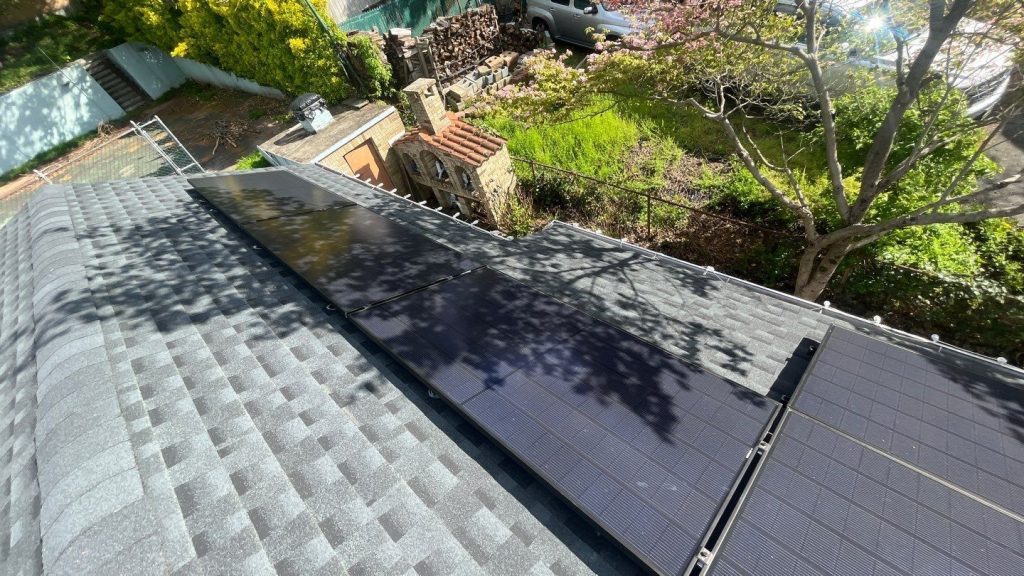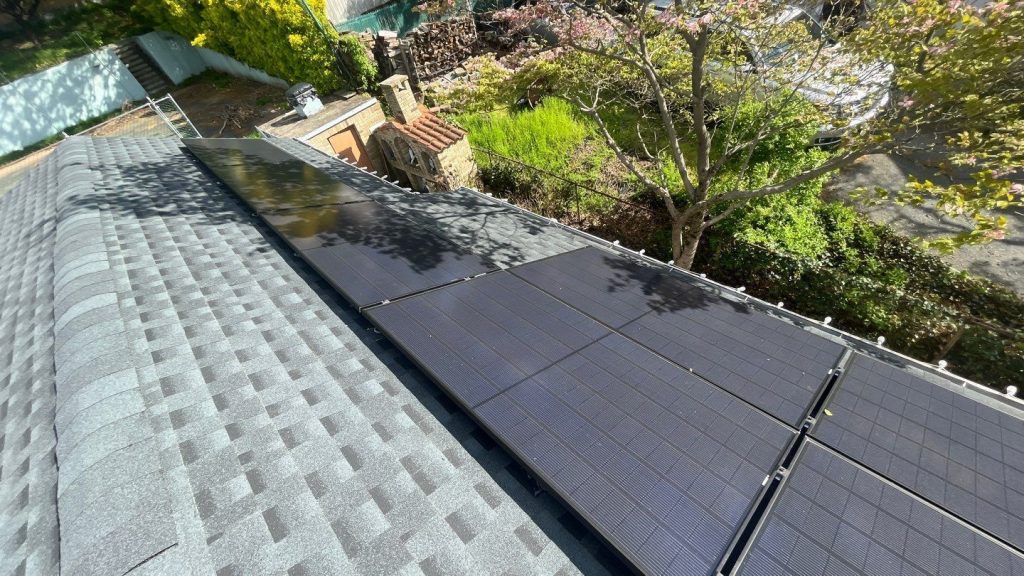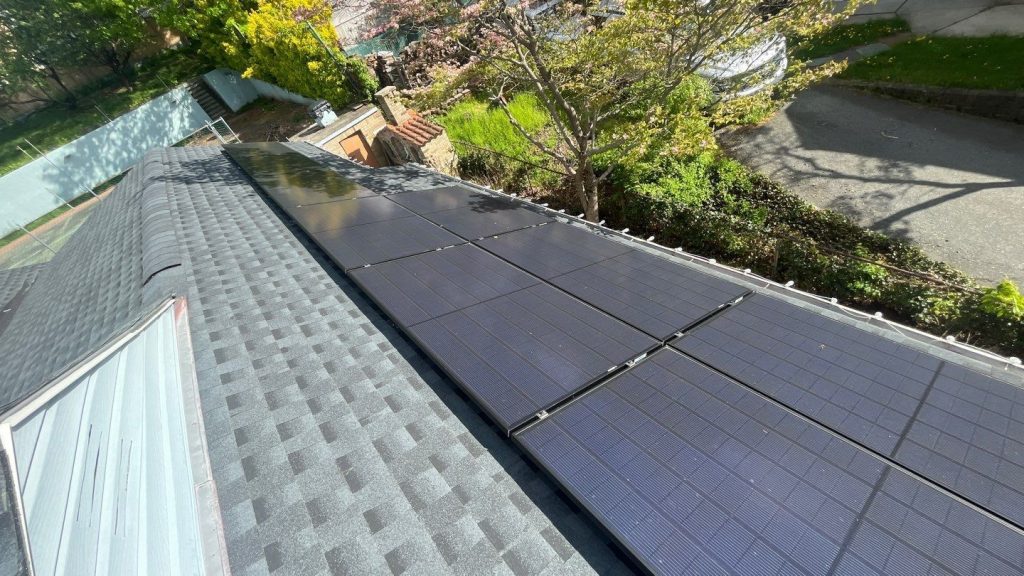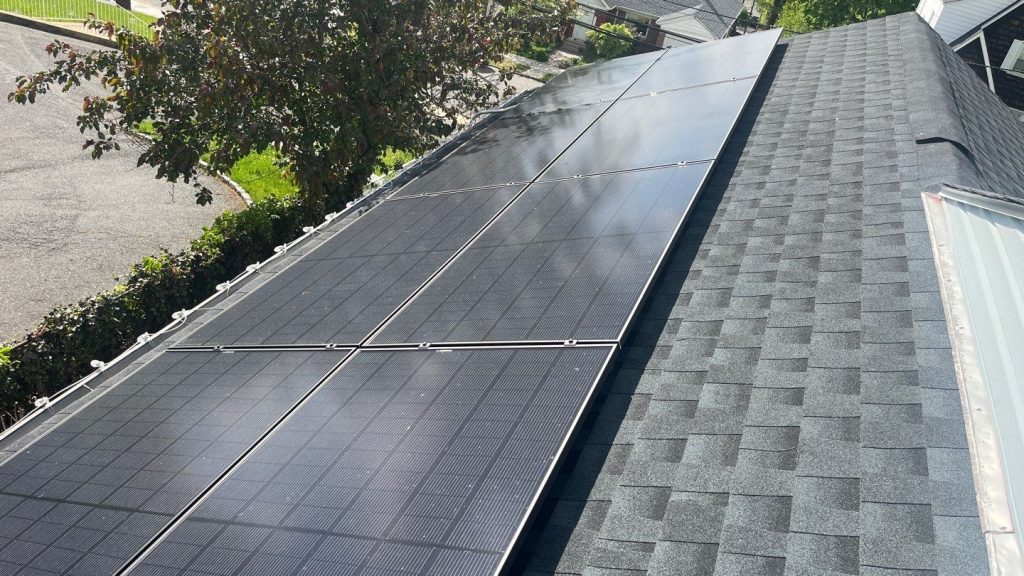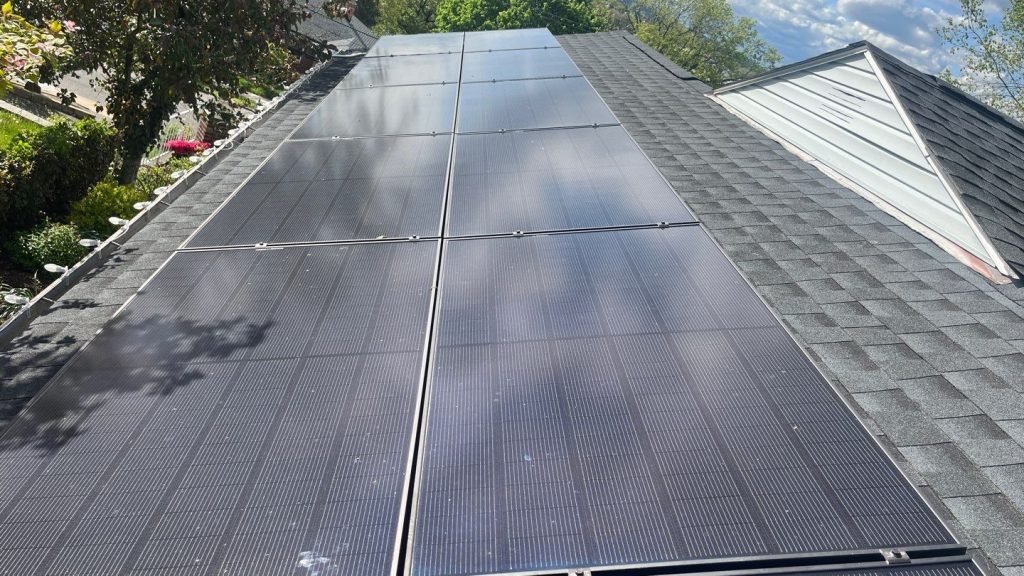Over the years, our team at Infinity Energy has been dedicated to promoting a sustainable and cost-effective lifestyle for thousands of homeowners in the Northern United States. As one of the fastest-growing solar companies in the region, we’ve had the pleasure of working on numerous projects that have made a tangible difference in people’s lives. Today, we’d like to share one such success story, where our expert team transformed a home in Bergen County, New Jersey into an energy-efficient haven using solar roof panels.
A Homeowner’s Journey Towards Renewable Energy
Raquel, a resident of Franklin Lakes, NJ, reached out to us after conducting an online search for reliable solar power installers. Her main goals were to reduce her utility bill, save the environment, increase her home’s value, and take advantage of government incentives and utility company incentives. She was also drawn to our financing options, excellent reputation, and commitment to quality workmanship. After providing Raquel with a free consultation and discussing her specific needs, we set out on a journey together that would not only meet her expectations but exceed them.
Assessing the Property and Designing a Customized Solar Solution
Our first step was conducting a thorough site assessment and house survey. We analyzed the property’s exposure to sunlight – which turned out to be full sun – and evaluated other factors such as roof type and potential shading issues. This enabled us to design a customized solar panel system tailored to the unique characteristics of Raquel’s property. We presented her with several options for solar panel brands, including REC and SEG. We also discussed various racking systems such as solar ground mounts with tracking, flat roof mounting, sloped roof mounting, rail-less mounting systems, railed mounting systems and shared-rail mounting systems. Raquel ultimately decided on a grid tie-in system with battery backup to ensure her home would have stable electricity supply even during power outages. We helped her choose the best inverter make for her needs from Enphase and paired it with a Tesla Powerwall 3 backup battery solution
From Permits to Activation: A Seamless Installation Process
Once we had designed the perfect solar panel system for Raquel’s home and she had made her selections regarding components and brands, we moved forward with obtaining the necessary permits. Our team took care of all the paperwork and coordinated with local authorities to ensure a smooth process. With permits in hand and a finalized design plan approved by Raquel and our engineers, we began the installation process. Over the course of just a couple of days – which is typical for most residential projects – our skilled technicians installed the solar panels on Raquel’s roof using a combination of rail-less and shared-rail mounting systems. We also set up all other necessary components such as connectors, inverters, batteries, combiner boxes, cables and switch boards. Finally came the moment we had all been eagerly anticipating: activation day! With everything in place and Raquel’s new solar panel system connected to the grid, we flipped the switch, and her home was instantly transformed into a clean, green, energy-producing machine.
The Results: A Greener Home with Reduced Utility Bills and Increased Value
Upon completion of this project, Raquel noticed an immediate reduction in her electricity bill and locked-in low energy costs for the foreseeable future. In addition, her home’s value increased due to the environmentally friendly upgrade, a trend that has been observed with many solar-powered homes. The installation of solar roof panels on Raquel’s Bergen County home not only helped her achieve her personal goals but also contributed to a greener future for all. By reducing her carbon footprint and relying on renewable energy sources instead of fossil fuels, she played a vital role in the fight against climate change.
Understanding the Role of Cost-Benefit Analysis in Solar Panel Installation
When considering solar panel installation, a cost-benefit analysis is essential. This evaluation helps you grasp both the immediate and long-term financial implications of investing in solar energy. Here’s why it’s important:
- Financial Clarity: A detailed cost-benefit analysis offers a clear picture of the upfront costs associated with purchasing and installing solar panels. This includes equipment, installation fees, and potential permitting costs.
- Projected Savings: By examining potential savings on energy bills, the analysis highlights how long it will take for your investment to pay off. It factors in local utility rates and future energy cost projections.
- Incentive Identification: The analysis identifies available tax credits, rebates, and incentives from government programs and third-party organizations, like Tesla Energy or SunPower, helping to offset initial expenses and improve return on investment.
- Environmental Impact: While predominantly financial, the analysis often includes the environmental benefits of switching to solar, such as reduced carbon footprint and decreased reliance on non-renewable energy sources.
- Risk Assessment: It assesses potential risks, such as changes in energy policies or technological advancements, ensuring you make an informed decision with potential future scenarios in mind.
In essence, a thorough cost-benefit analysis is crucial for making informed decisions, ensuring you’re aware of all financial and environmental impacts of solar adoption.
Key Considerations for Roof Age Before Solar Installation
When planning to install solar panels, the age and condition of your roof play a crucial role in the decision-making process. Here’s what you need to take into account:
Assess the Current Age of Your Roof
Newer Roofs (<10 years): Generally, newer roofs are in good condition and can support solar panels without any issues. They often require less maintenance and can easily accommodate the additional weight and hardware of solar installations.
Mid-aged Roofs (10-15 years): At this stage, it’s important to evaluate the roof’s general condition. While still viable for solar installation, it may be wise to schedule a professional inspection to assess any potential wear and tear that could impact performance.
Older Roofs (15+ years): Older roofs might need significant repairs or even replacement before installing solar panels. It’s essential to consider the remaining lifespan of the roof to avoid having to dismantle your solar setup for roof repairs prematurely.
Unknown Roof Age
If you’re unsure of the roof’s age, consider consulting with a roofing specialist. They can help determine the condition and expected lifespan, providing you with a clearer path forward.
Prerequisite Inspections and Repairs
Professional Assessment: Have a certified roofer inspect for damage and overall integrity.
Load-Bearing Capacity: Ensure your roof can handle the additional weight of solar panels and mounting equipment. A structural engineer can provide insights here.
Potential Repairs: Address any existing issues, such as leaks or damaged shingles, to safeguard against future complications.
Strategic Planning
Timing the Installation: It’s often cost-effective to coordinate roof replacement and solar installation. This minimizes labor costs and ensures your investment is well-protected.
Warranty Considerations: Check both your roof and solar panel warranties. Roof replacement might be required to ensure compatibility and longevity.
By considering these factors, you ensure that your roof is primed and prepared for solar panel installation, maximizing the investment in renewable energy.
Understanding the Solar Panel Payback Period
The solar panel payback period refers to the length of time it takes for the savings generated from solar energy to cover the initial cost of the system. For many homeowners and businesses considering solar energy, this is a critical aspect to evaluate.
Typical Payback Timeline
In general, solar panel systems can recoup their investment in approximately 6 to 10 years. This timeframe can vary depending on several factors, including:
Installation Costs: The upfront investment can differ based on regional pricing and specific installation requirements.
Energy Prices: Local electricity rates play a significant role. States with higher energy costs can see faster payback as the savings per kWh are greater.
Incentives and Rebates: Federal and state incentives or rebates significantly impact the payback period by reducing the initial expense.
Factors Influencing Payback Duration
System Size: Larger systems might provide more electricity, potentially shortening the time needed to offset costs.
Sunlight Availability: Geographic location affects solar efficiency. Areas with more sunlight will generally realize savings sooner.
Energy Consumption: Higher household or business energy usage can lead to quicker savings accumulation.
By thoroughly researching these elements, you can gain a clearer understanding of your unique payback period, ensuring a smart investment in solar technology.
Join the Solar Revolution with Infinity Energy
Our success story with Raquel is just one example of how we at Infinity Energy are dedicated to helping our clients realize their dreams of energy independence and sustainability. With over 8,000 projects completed in New Jersey, Hudson Valley, NY, and Connecticut since our founding in 2009, we are proud to offer a comprehensive 25-year warranty on all work completed. If you’re ready to take the first step towards a more sustainable lifestyle through solar power installation in Bergen County or beyond, contact us today at +1 845-250-3737 or visit our website at https://justgo.solar. Allow us to guide you through every step of the process – from initial consultation to activation – and join us in creating a brighter future for our planet.

